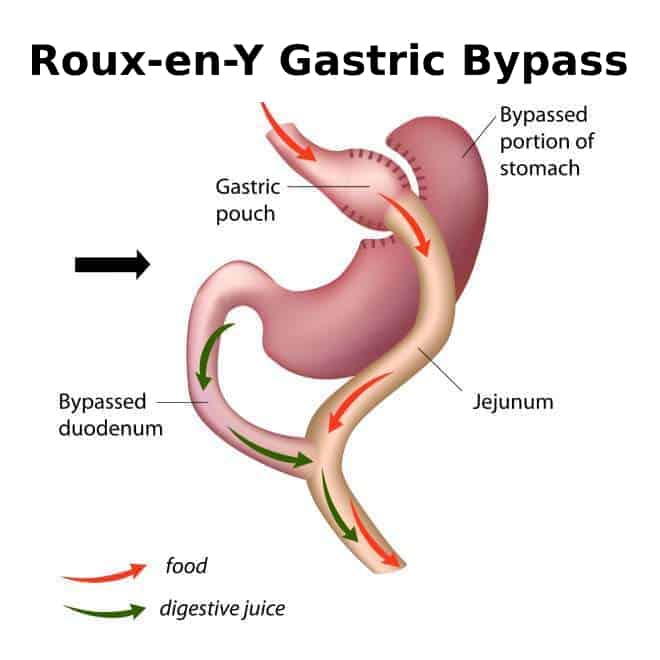There are many ways to prevent obesity, a balanced diet and regular activity among them, and various methods of treating it. Weight loss routines are among the latter. The Roux-en-Y Gastric Bypass (RNY) procedure is one possible choice for obese persons who are morbidly obese and suffer from significant comorbidities.
The RNY procedure is a surgical routine involving several small incisions in the upper area of the abdomen. The surgical element involves laparoscopy. This is surgery using a laparoscope – a small instrument with a light on the end that allows the surgeon to see inside the abdomen.
Gastric bypass, also called Roux-en-Y gastric bypass, involves creating a small pouch of stomach and connecting the new pouch to the small intestine. Food swallowed goes into the small pouch then directly into the intestine, bypassing the majority of the stomach and the first section of the small intestine.



